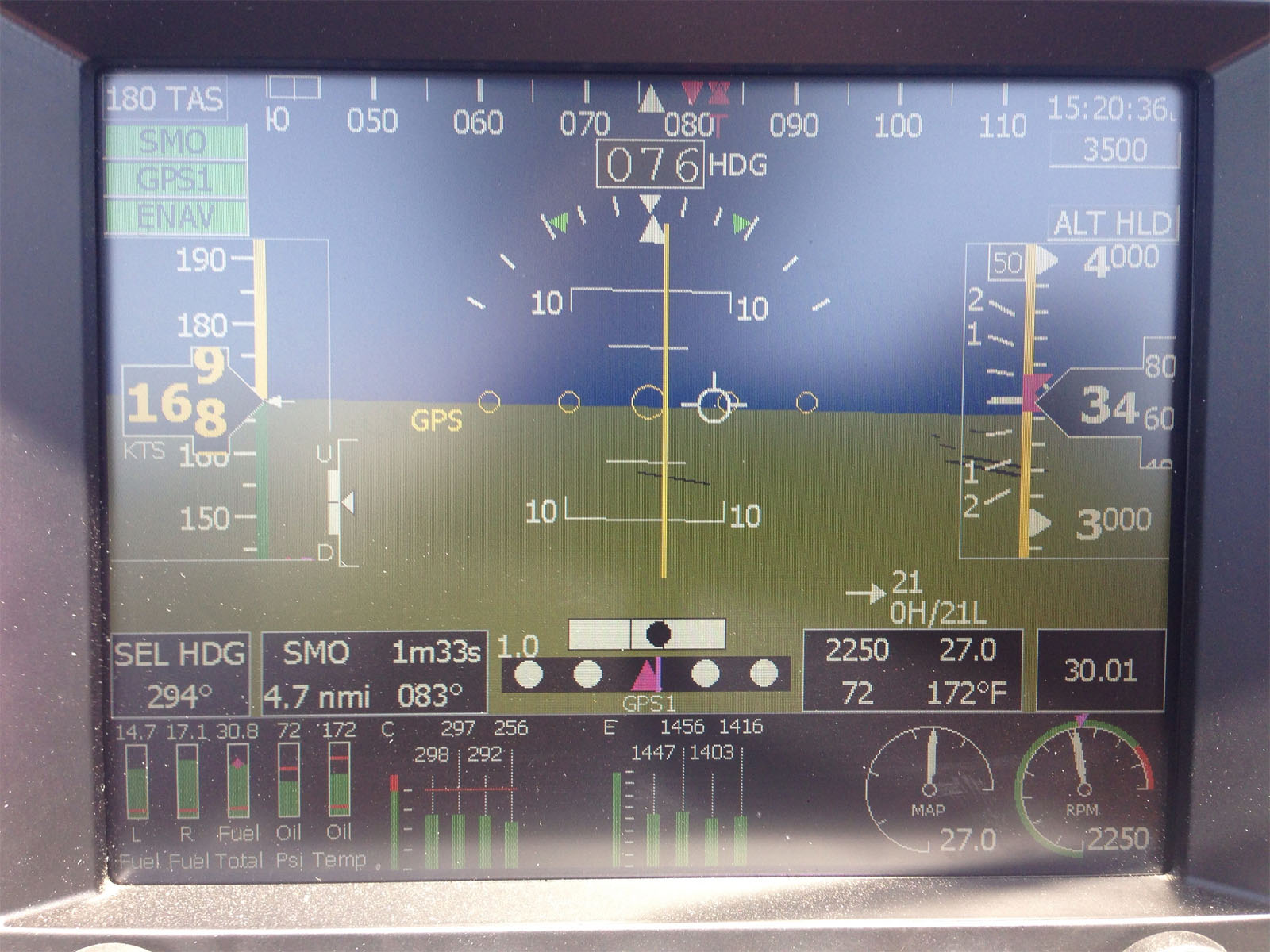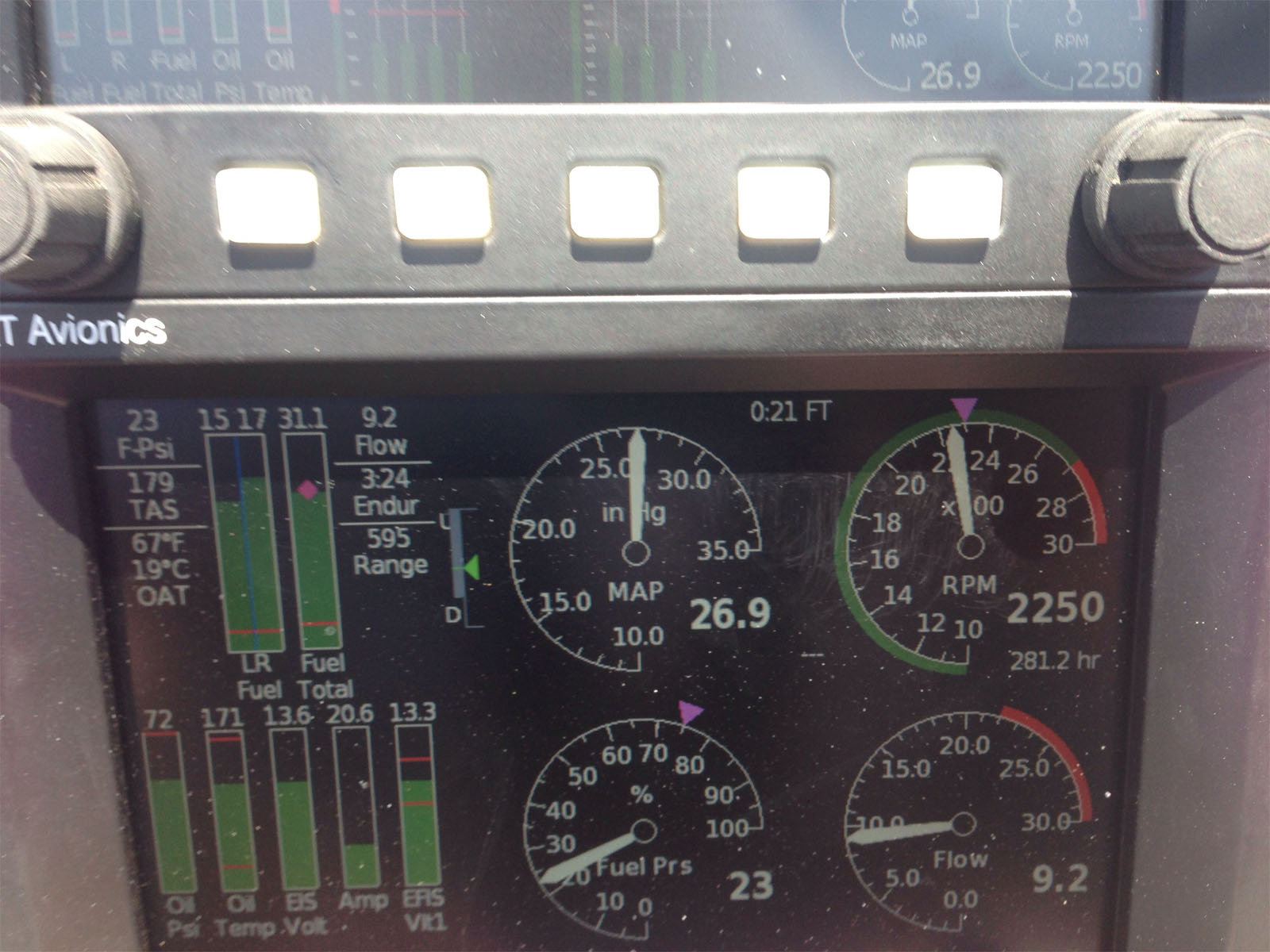carrollcw
Well Known Member
I now have about 90 hours on my RV7. Now that I have worked out the major kinks, I am trying to refine it a little. I have noticed that on all my flights, 1/3 CHT's and EGT's run hotter than 2/4 while ROP, however once LOP, 1/3 are my coolest cylinders. When I say hotter, the CHT's are about 20 deg hotter and the EGT's almost 100 deg hotter. When LOP, the CHT's are 60 deg cooler and EGT's 100 deg cooler.
This tells me that 1/3 are getting better airflow, thus run leaner than 2/4.
Furthermore, my GAMI spread is about 1.5 with 1/3 peaking first.
So, what can I do? Right now I have the standard ECI updraft sump that came with my Titan engine. I have heard that the Superior sump is better balanced than the stock Lycoming or ECI. Does anyone have any real world experience with this?
Another option is to heat wrap my 1/3 induction tubes, but I think this would just be a patch for the real problem.
If a new sump is the best choice, has anyone swapped out their superior updraft for cold air induction and would be willing to sell me their old sump???
Thanks!
This tells me that 1/3 are getting better airflow, thus run leaner than 2/4.
Furthermore, my GAMI spread is about 1.5 with 1/3 peaking first.
So, what can I do? Right now I have the standard ECI updraft sump that came with my Titan engine. I have heard that the Superior sump is better balanced than the stock Lycoming or ECI. Does anyone have any real world experience with this?
Another option is to heat wrap my 1/3 induction tubes, but I think this would just be a patch for the real problem.
If a new sump is the best choice, has anyone swapped out their superior updraft for cold air induction and would be willing to sell me their old sump???
Thanks!








